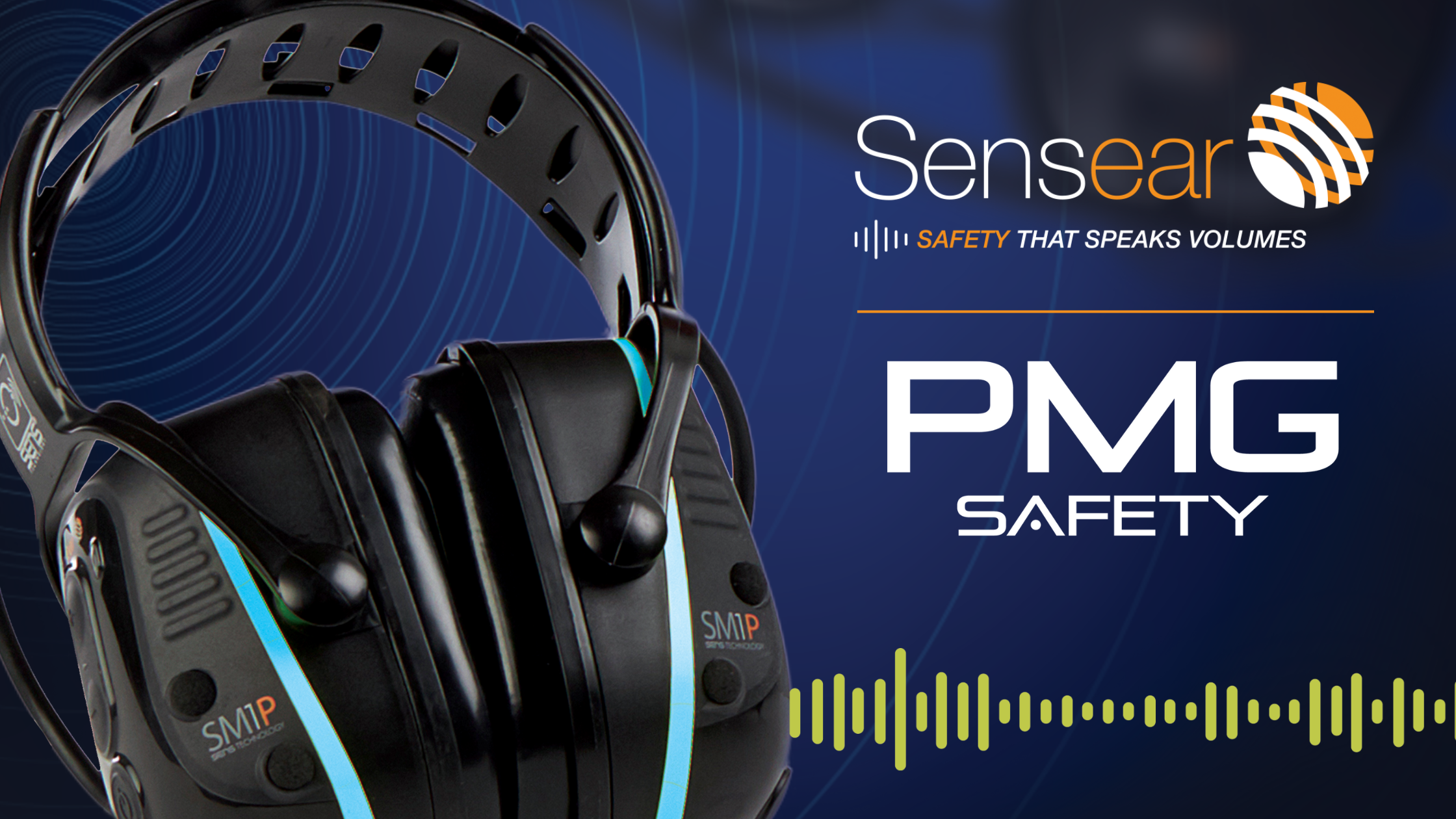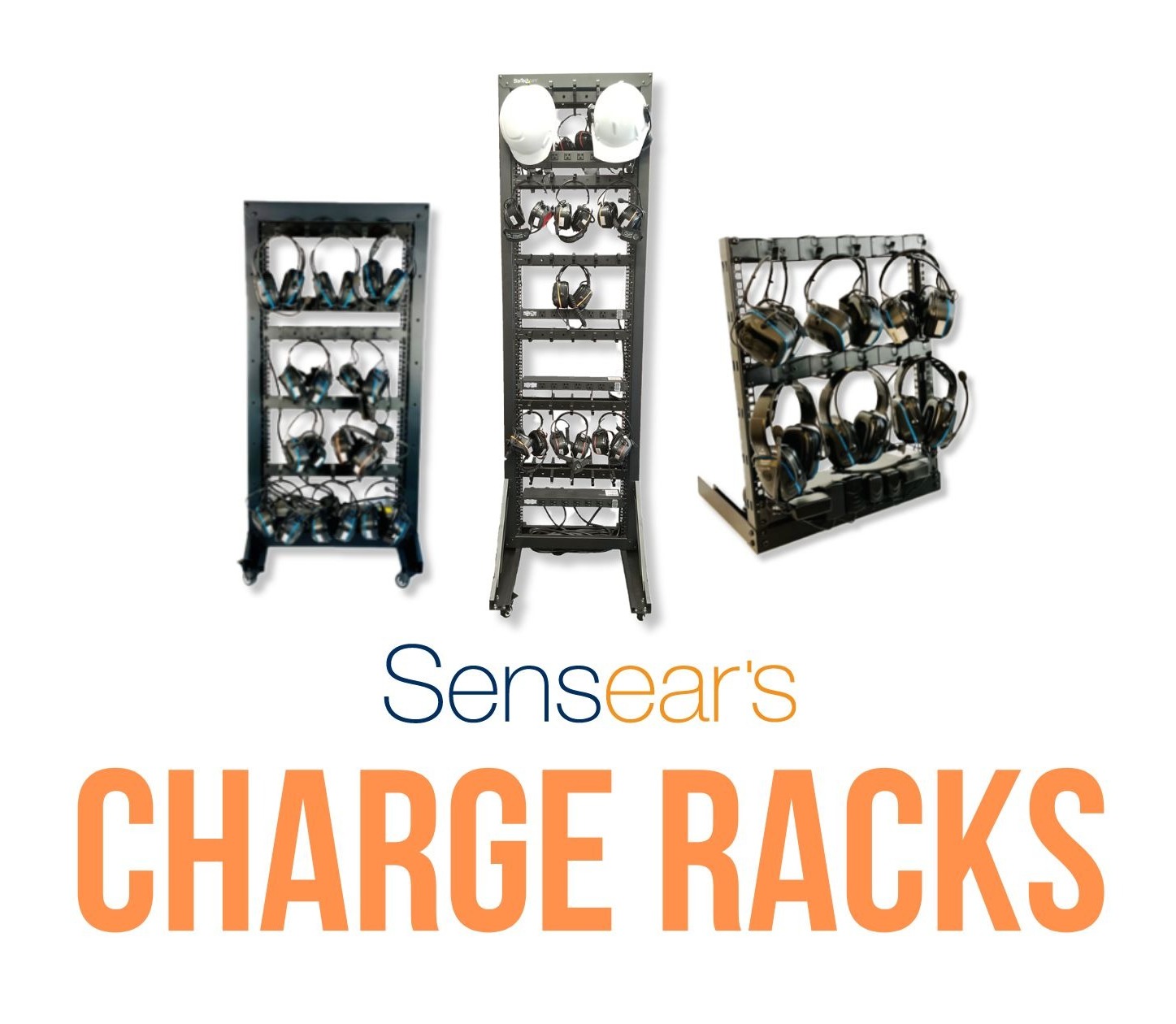Buying a safety communications headset for your team may be one of the most important decisions you make in regards to their safety. In smoky, hard-to-see environments with fire raging all around, communications between your crew in the building and those on the ground are key, and having a communications headset that gives your company full situational awareness is the most critical factor. But what are other important factors in selecting a safety communications headset for your team? And how do you rank the other features, benefits, and requirements—and in what order of importance to your fire department?
We’ve had a number of Fire Departments approach us with exactly these questions, and we’ve gathered these (and a few other) important factors to consider when buying your next headsets.
Wireless / Handsfree Headsets
According to an article published by Fire Apparatus Magazine, “Headset communication systems are no longer considered a luxury but a necessity for a fast-growing number of fire/EMS first responders”. They also reference the benefits of going wireless: improved safety, response time, and situational awareness are all critical. Unless there is an important reason to remain tethered, wireless systems are important to the safety of your crew.
Wireless doesn’t come without its issues though. Most wireless headsets operate on the overly crowded 2.4GHz band. Why would you care? A LOT of other devices also operate on that band. Residential cordless phones, microwaves, baby monitors, mobiles phones, laptops, LCD screens, and cameras. There will be times when this is just not an option, and having a second mode of communication is required.
Bluetooth® Safety Headsets
There are plenty of reasons to move your wired connection to wireless (we outline just a few benefits of Bluetooth in this article). There is a range of options available such as Bluetooth®, DECT, ZigBee, and more. Each has its own advantages and disadvantages for different applications. Over time Bluetooth has proven itself as a standout in wireless communication solutions. There has been massive growth in adoption by commercial and industrial devices, meaning a large number of compatible devices (phones, radios, and tablets). Bluetooth® communications and connections are strong and reliable with tailored performance for audio communication applications. Unlicensed frequency bands can often be cluttered with interference and noise from other devices such as Wi-Fi or even microwave ovens. Bluetooth® is designed to overcome such interference and maintain a clear connection. Some wireless solutions also offer little in the way of connection feedback. The last thing a firefighter wants is to be unaware that their communication has been lost. Bluetooth® is self-aware of its connection stability, if it should lose connectivity it can inform the user.
Situational Awareness
In a dangerous and often confusing environment like a residential or commercial fire, there’s nothing quite as terrifying as losing your bearings. A proper headset can provide a high level of situational awareness that contributes to keeping your firefighters safe. But many safety communication headsets miss the mark here by leveraging noise-canceling technology. “WAIT A MINUTE.” You might be saying. “Isn’t noise-canceling technology the most cutting edge way of protecting your ears from potentially damaging noise levels around you?”
We wrote a short article on noise cancelation in hearing safety headsets, so without digging in too deep, noise cancelation technology detects sound coming into the headset (fire, explosion, etc) and creates signals that are out-of-phase with those sounds, canceling them out. Unfortunately, noise-canceling technology can also cancel out the sounds you WANT to hear in a situation like this.
True situational awareness has been achieved through our proprietary SENS® Technology. SENS® stands for speech enhancement noise SUPPRESSION, which provides protection and allows for communication, without isolating them from their surroundings.
Water Resistance
This might seem to be an odd feature to consider when fighting fires, but there’s a chance that your crew will get wet. Maybe very wet. So it’s important for your communications headset to remain functional in the event that that happens.
Hearing Protection
It’s difficult to find how loud a roaring fire is, but if it exceeds 85dB(A) (or the noise level of a school cafeteria) for prolonged periods, the United States Center for Disease Control (CDC) recommends hearing protection. The CDC also recommends that anyone near an ambulance siren for longer than 9 seconds use hearing protection. These two data points strongly suggest that you not only provide a communication headset but one that protects your fire fighters’ hearing as well.
Headset Fit and Comfort
Headset Talk Time / Battery Life
How long does a fire burn? How long does your headset need to last? You can’t have your fire crew changing batteries in the middle of an 8-hour-blaze. Consider this when thinking about wireless communication headsets. Do you buy a headset that requires batteries to be changed often, or do you leverage a solution that is rechargeable with a longer life?
Only you and your team will be able to determine whether comfort is more important than battery life, or whether you need hearing protection on top of a communication system. For many teams, every one of these elements is important to the firefighters. You can learn more about Sensear’s line of Safety Communication Headsets here.
Follow Sensear and always be in the know.
Follow @HearSensear







